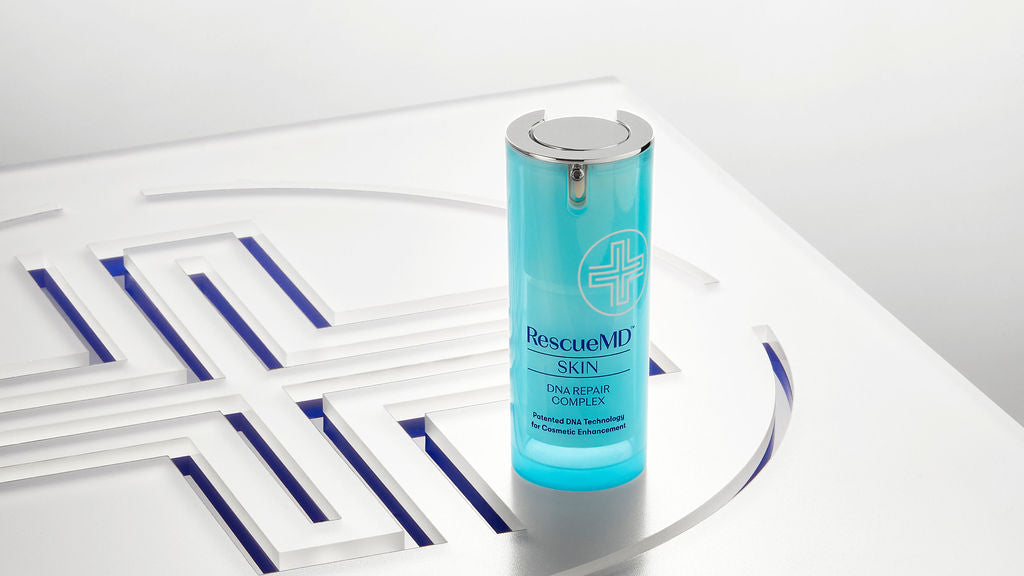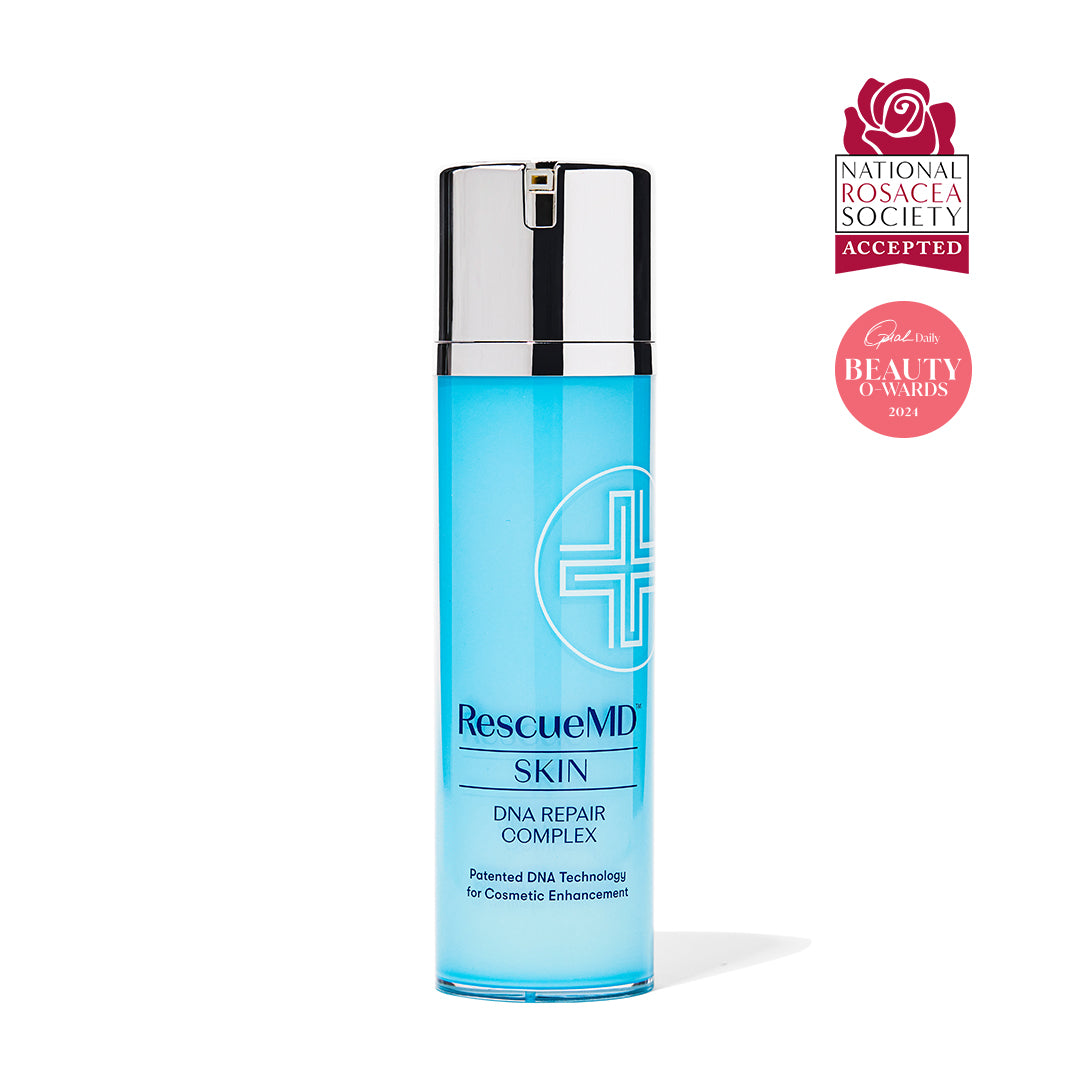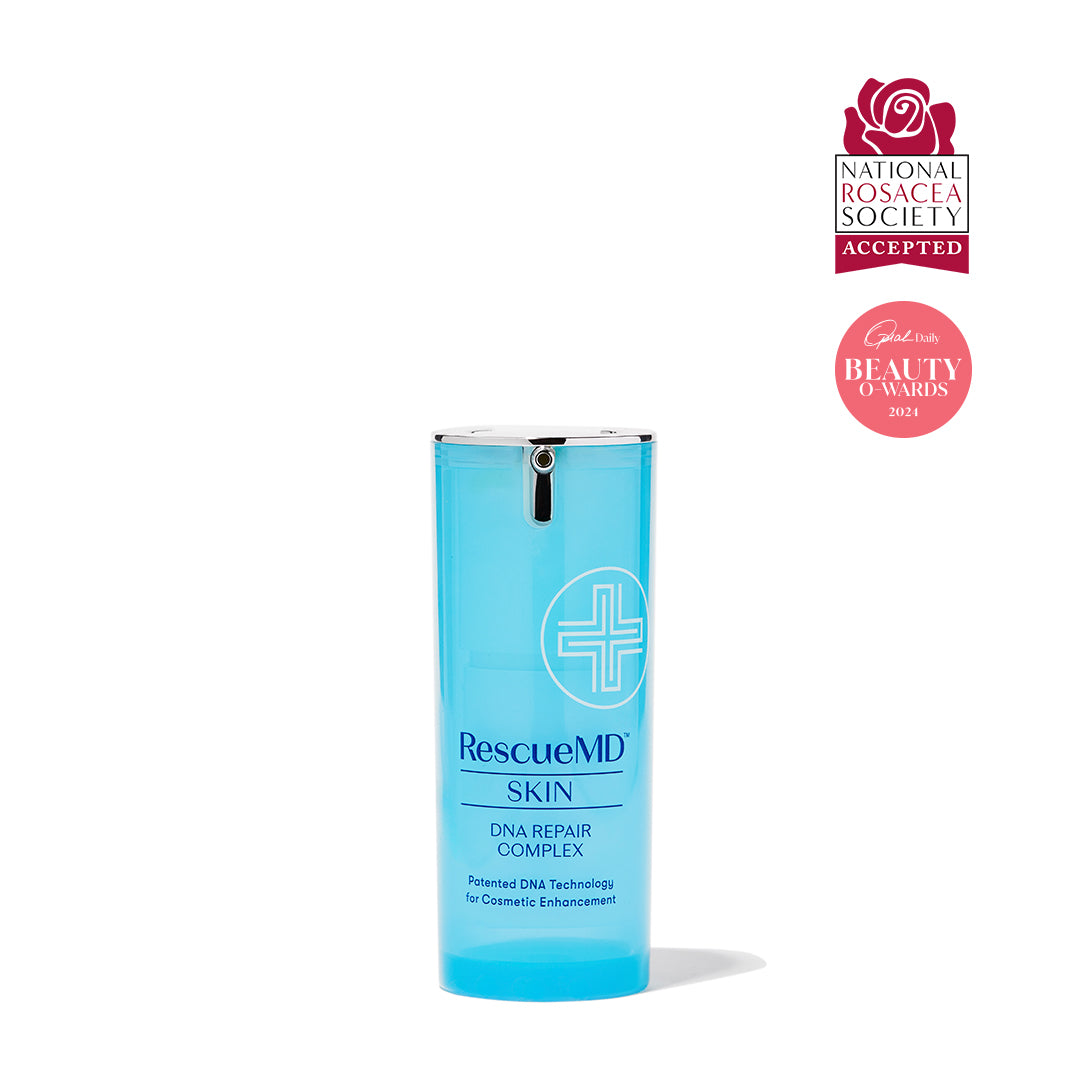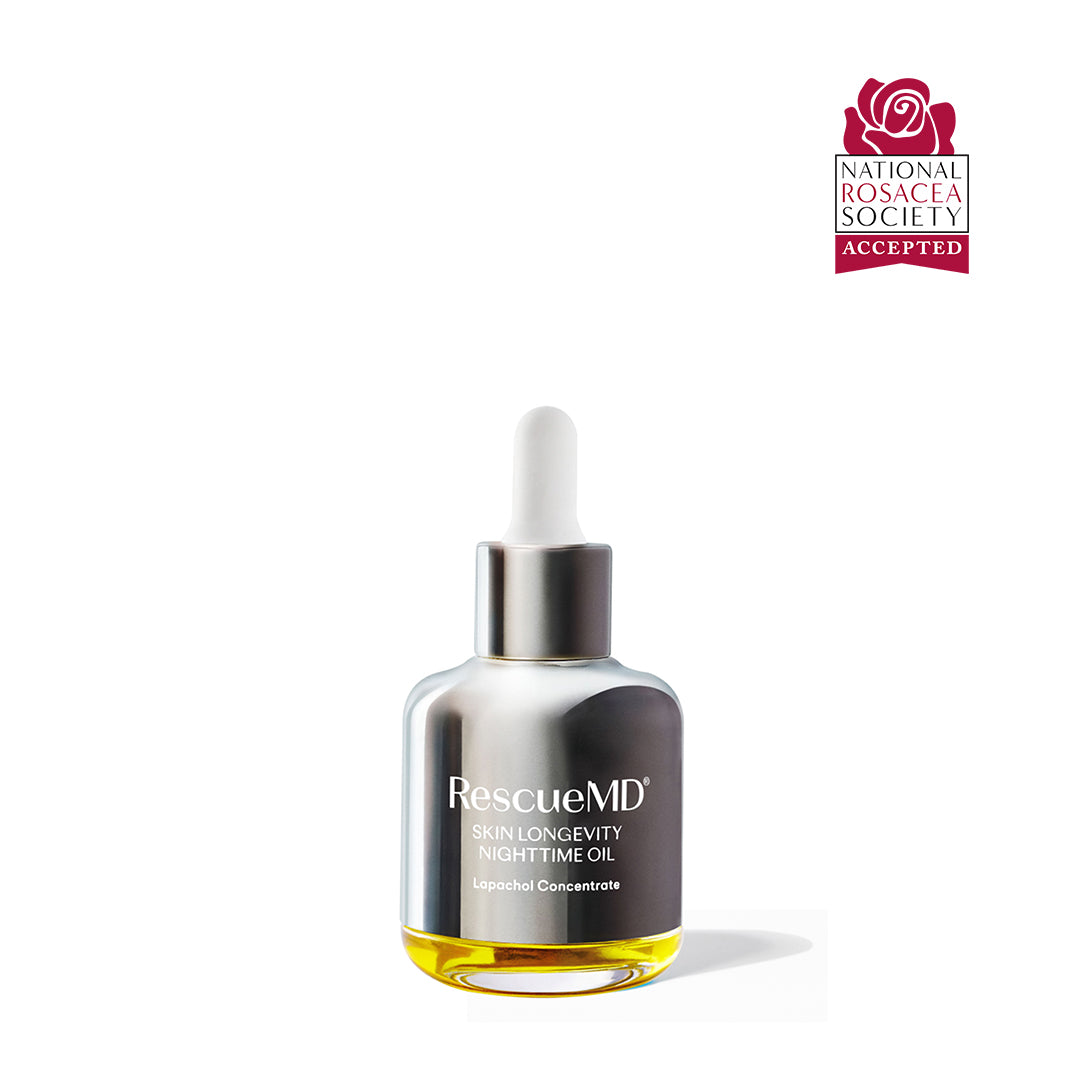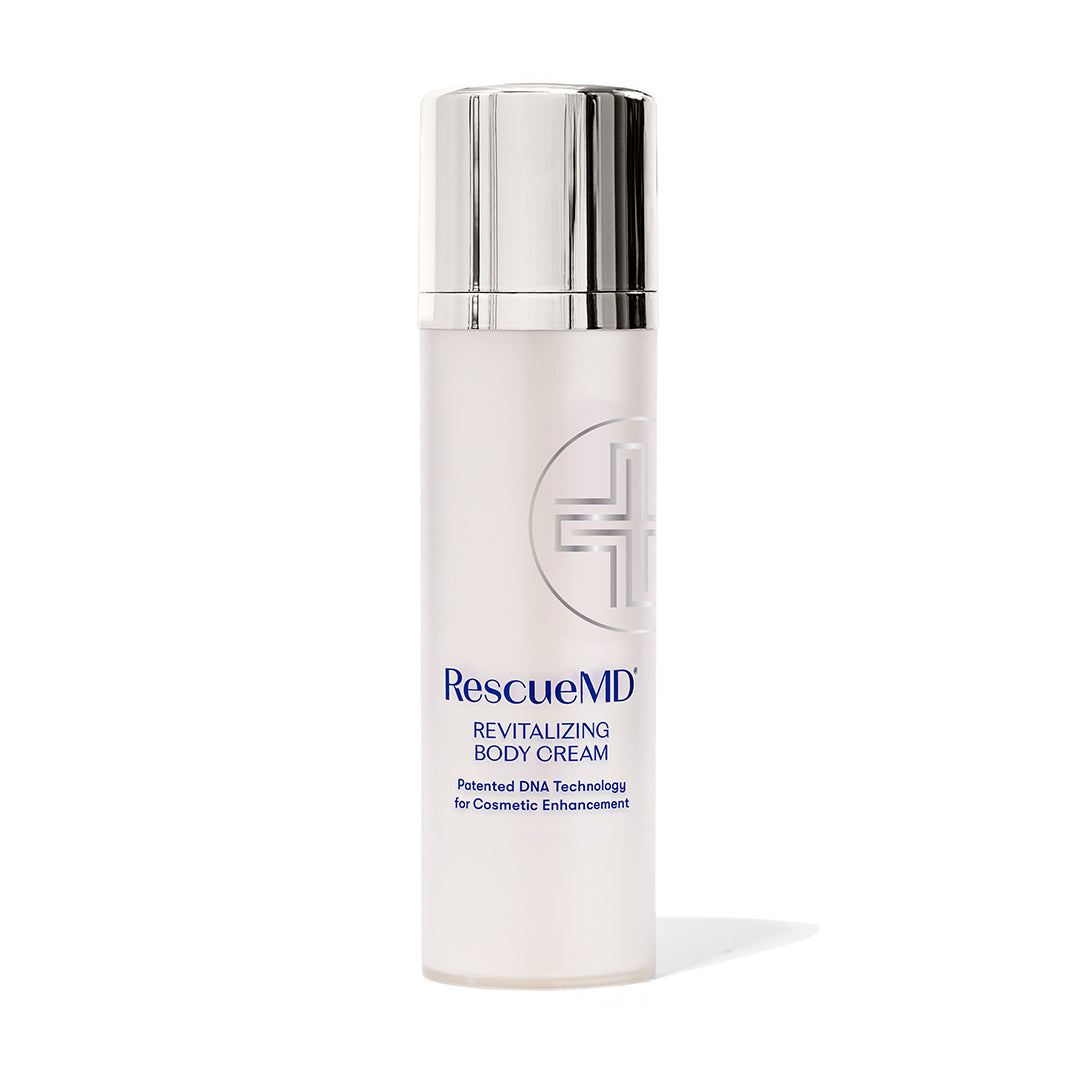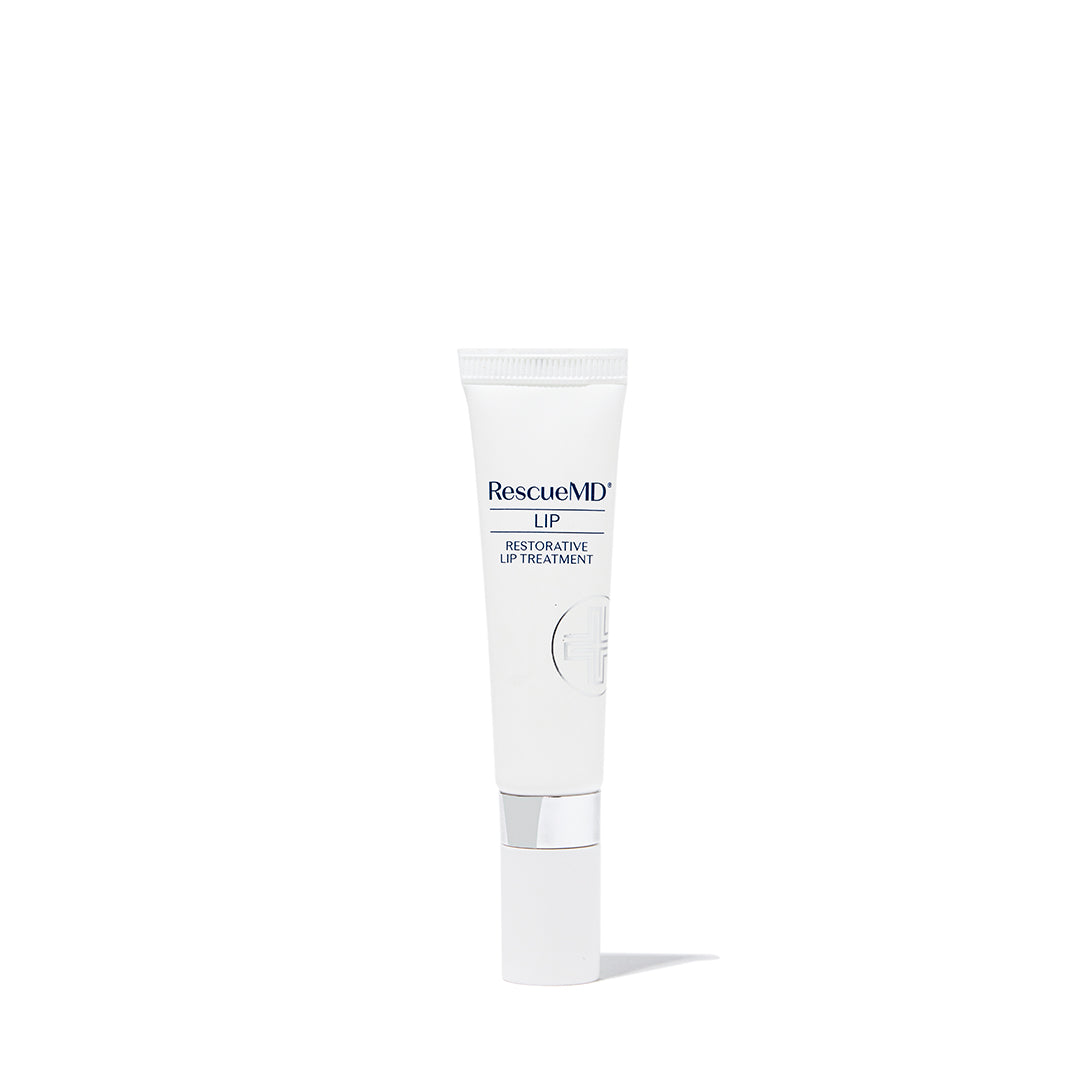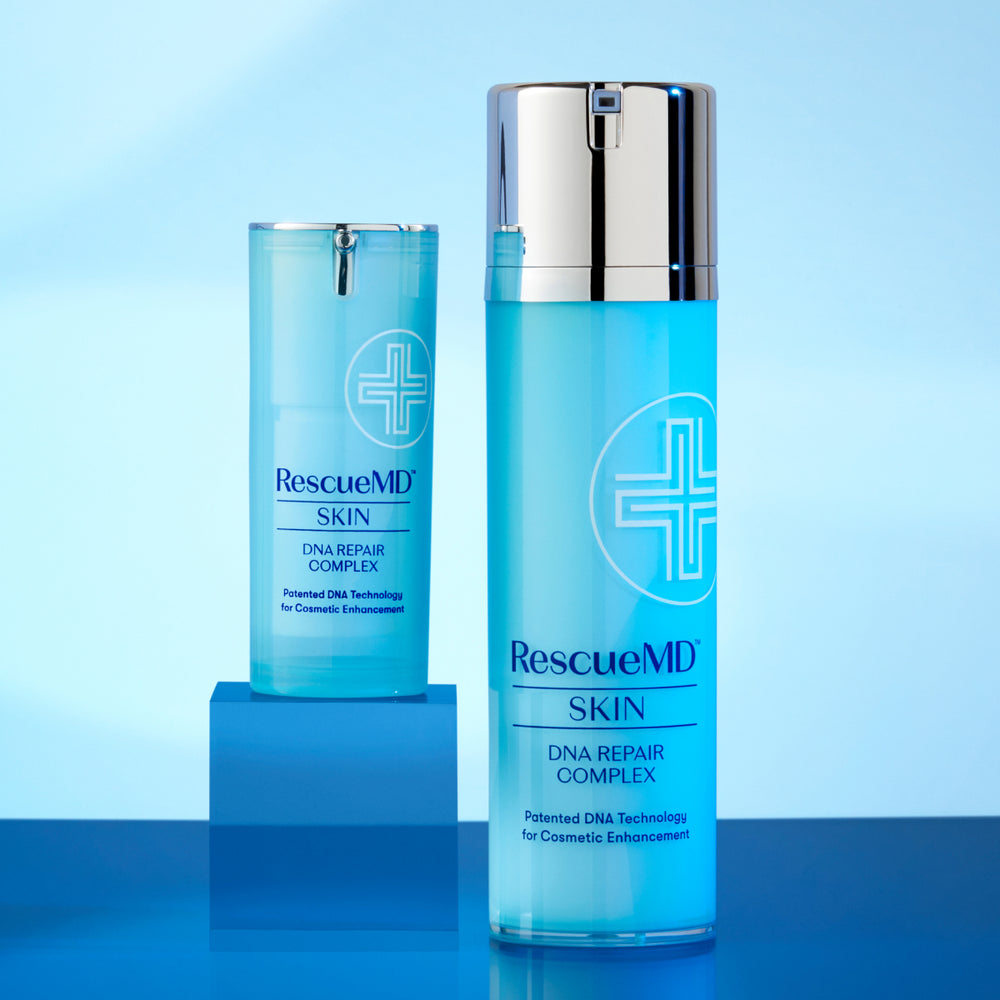Take a look in the mirror — what do you see? Hopefully, you’re able to focus on your best attributes, like a great smile or bright eyes, but often, it’s just too easy to concentrate on skin damage instead. You know what we’re talking about, especially if you have a magnifying mirror at home: Fine lines and wrinkles, dark spots, scarring, skin laxity, and other signs of skin damage all have a way of being, well, alarmingly noticeable when you’re up close and personal in the mirror.
We’d all love to repair and reverse skin damage, but short of going back in time, it’s impossible to fully reverse skin back to its healthiest, most youthful state. But that doesn’t mean you’re out of options when it comes to improving the look of your skin. Here, we explain the skin’s natural processes for regeneration and repair, how best to treat damaged skin, and ingredients that can be your best line of defense in the fight against skin damage.
Can Skin Repair Itself?
Perhaps it’s not totally obvious when you’re obsessing over that pesky line between your brows, but yes, skin can repair itself (perhaps just not in the ways you’d like). Think about the last time you cut your finger while preparing dinner. While you were slapping on a bandage, your skin was working hard at the cellular level to help repair that skin damage.
A healing wound is perhaps the hardest hitting evidence that skin can repair itself. Now, consider your exposure to UV light, aka sunlight. If you’re outside, are exposed to a lot of UV light for several hours, and haven’t properly defended your skin, you get a sunburn. A sunburn is another form of skin damage, and your skin becomes inflamed and red. While the sunburn inevitably goes away (because your skin has repaired itself), there’s a good chance that a smattering of sun spots were left behind, especially if you’ve been burned in the same area before.
Here’s why: To repair skin damage, your skin sends messages to your body, asking for support. This support comes in the form of DNA repair enzymes and CUL4A, a protein and catalyst. These DNA repair enzymes and CUL4A work in tandem to help repair skin damage. However, if you were to give CUL4A a personality, let’s just say it would be frantic. It’s in a hurry to help your skin repair itself by any means necessary. Unfortunately, the work CUL4A does isn’t always accurate, and can happen too quickly, resulting in errors in the skin damage repair process. These errors manifest as signs of aging on the skin, including fine lines, wrinkles, laxity, and, yes, those annoying sun spots.
How Do You Treat Skin Damage Naturally?
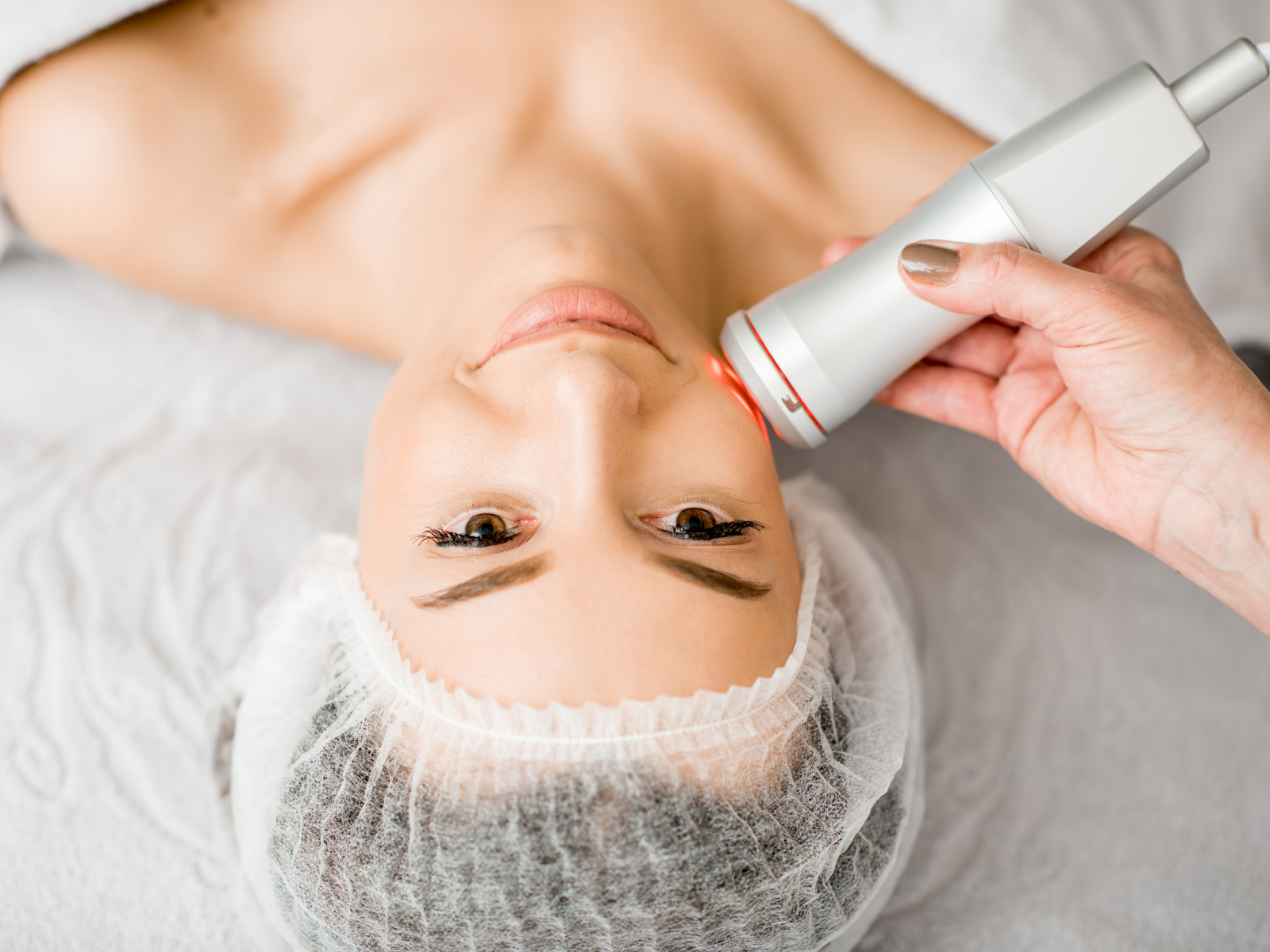
While there have been a lot of recent technological advancements in the field of medical aesthetics that can help treat skin damage (like fractional CO2 lasers, collagen induction therapy, and certain forms of exfoliation), there are ways to treat skin damage naturally. In fact, some incredibly potent ingredients come from Mother Nature.
For example, vitamin A, which is naturally found in dark, leafy greens, sweet potatoes, and liver, is converted by the body into retinoic acid. You may know this ingredient better in its prescription form, tretinoin, or Retin-A — a professional anti-aging and anti-acne treatment. For decades, retinol and retinoids have been seen as the gold standards in anti-aging.
However, there’s another ingredient on the market that could give vitamin A a run for its money. This powerhouse ingredient is lapachol, a substance naturally found in the inner bark of the pau d’arco tree found in the Amazon rainforest. Studies of lapachol show that it helps slow the work of CUL4A while amplifying the efficacy of DNA repair enzymes, promoting healthier-, better-looking skin. Lapachol also has antiviral, antimicrobial, anti-tumoral, anti-inflammatory, and antioxidant properties. While these are all powerful skincare benefits, antioxidant properties are particularly key to treating skin damage naturally — antioxidants fight back against free radicals, one of the leading causes of skin damage (learn more about free radicals here). Lapachol’s multifaceted benefits make it a powerful weapon in your arsenal against skin damage.
What Is The Best Treatment For Damaged Skin?
We may be biased, but we believe RescueMD DNA Repair Complex is the best treatment for damaged skin. It contains a potent cocktail of damaged skin-defending antioxidants (including rosehip oil), nourishing lipids like allantoin, and collagen-building peptides to help improve the appearance of skin.
Most importantly, RescueMD DNA Repair Complex is the only treatment for damaged skin on the market that contains lapachol. That’s right — you can only get those boosts to your DNA repair enzymes from RescueMD DNA Repair Complex. The technology behind the ingredient blend in every bottle was designed to effectively improve the appearance of damaged skin, including visible improvement to the look of fine lines and wrinkles, dark spots, skin laxity, and scars.
In fact, in a consumer study, 88 percent of RescueMD DNA Repair Complex users said the formula reduced the discoloration of scars, while 84 percent said it reduced the appearance and texture of their scars. Considering scars are one of the most visible signs of skin damage, these results make RescueMD DNA Repair Complex one of the best treatments for damaged skin.
